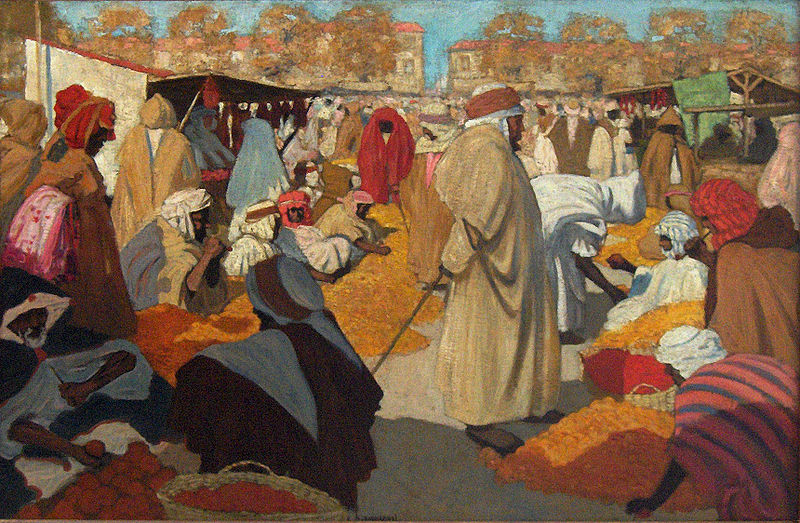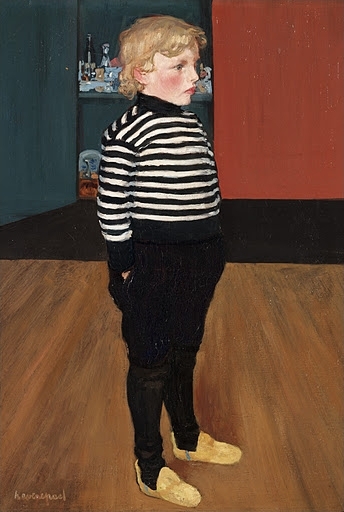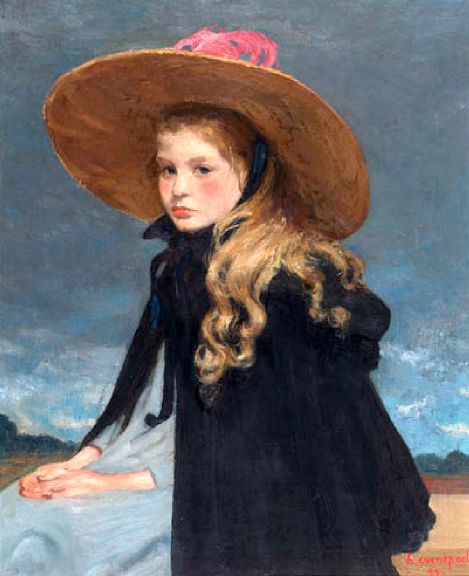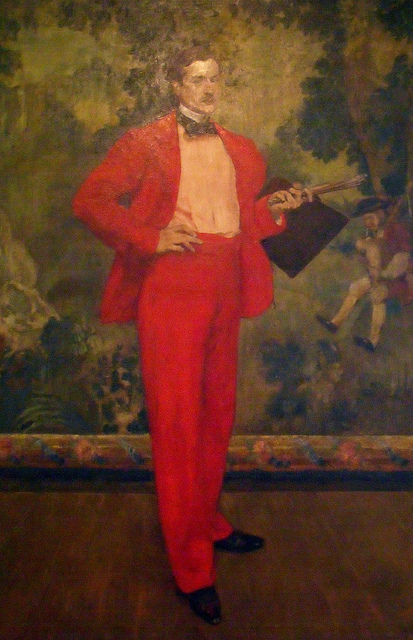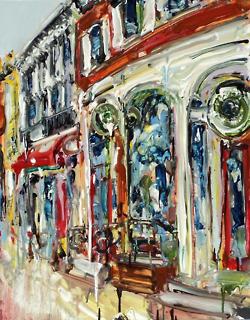<Back to Index>
- Painter Louis Valtat, 1869
- Painter Henri - Jacques - Edouard Evenepoel, 1872
PAGE SPONSOR
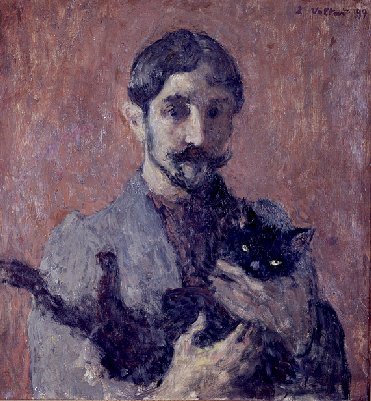
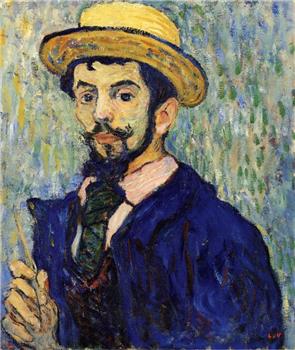
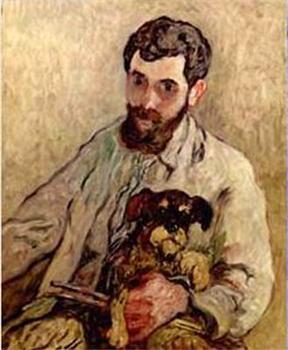
Louis Valtat (8 August 1869, Dieppe, Seine - Maritime – 1952) was a French painter associated with the Fauves. Valtat is noted as a key link that accounts for the stylistic transition in painting from Monet to Matisse. Louis Valtat is considered as one of the leaders and founders of the Fauvist movement (meaning "the wild beasts" for their wild, expressionist like use of color), which did not formally begin until 1905 at the Salon d'Automne. Valtat was involved with the most influential groups of artists, such as Auguste Renoir, Paul Signac, Georges d'Espagnat and Maximilien Luce.
Louis Valtat was born on August 8, 1869 in Dieppe, Seine - Maritime, in the Normandy region of France, into a wealthy family of ship owners. Valtat spent many of his childhood years in Versailles, a suburb of Paris, where he attended secondary school at the Lycée Hoche (near the Palace of Versailles). Encouraged by his father, an amateur landscape painter himself, Valtat became interested in art, and at age 17, deciding to pursue an artistic career, applied to the School of Fine Arts in Paris. After being accepted, in 1887, Valtat moved to Paris to enroll at the École des Beaux Arts de Paris, where he studied with the well known academic artists Gustave Boulanger (1824 – 1888), Jules Lefebvre (1836 – 1911), and later with Benjamin Constant (1845 – 1902).
After the Ecole, Valtat studied at the Académie Julian under Jules Dupré (1811 – 1889), a landscape painter of the Barbizon school. Among his fellow students were: Albert Andre (1869 – 1954), who became a close friend, as well as Maurice Denis (1870 – 1943), Pierre Bonnard (1867 – 1947), and Edouard Vuillard (1868 – 1940), who, at that time, were members of the Nabis movement. Calling themselves "Nabis" (after the Hebrew word meaning prophets), they were influenced by Paul Gauguin's (1848 – 1903) Synthetist method of painting based on the use of simple forms / lines, pure colors, and large patterns. While Valtat remained detached from that movement, he learned from them, the Gauguin method of painting which would influence his later works.
In 1890, upon winning the Jauvin d’Attainville prize, Valtat established his own studio at rue La Glaciere in Paris. Valtat made his debut, in 1893, at the Salon of Independent Artists, displaying several paintings depicting street scenes of the neighborhood surrounding his art studio. One of those paintings, titled Sur Le Boulevard (On The Boulevard, 1893) was noted by the art critic Félix Fénéon. During this early period in his career, Valtat used the spontaneous light touches of Impressionism (although with bordered objects) and the colorful dots / points found in Pointillism. Two examples representing Valtat's work during this period include Péniches (Barges, 1892) and the Pommiers (The Apple Trees, 1894). As noted by Cogniat, Péniches has the impressionistic rendering of the mobile reflections of rippling water" while Pommiers is "alive with the dazzling brilliance of sunlit reds and yellows intensified by the stippled strokes of green".
Valtat exhibited widely during his career. In 1894, Louis Valtat collaborated with both Henri de Toulouse - Lautrec and Albert André in creating the decor for the Paris theater "L'Oeuvre" at the request of Lugné Poë.
Valtat suffered from tuberculosis, and he spent many autumn / winter seasons along the Mediterranean coast in Banyuls, Antheor and Saint - Tropez. Often, Valtat and his family would visit Paul Signac in Bollée and Auguste Renoir at the Maison de la Poste in Cagnes.
During these times, along the Mediterranean, Valtat's use of color
became a major concern to him, and he began to express his Fauvist
tendencies, particularly in painting seascapes.
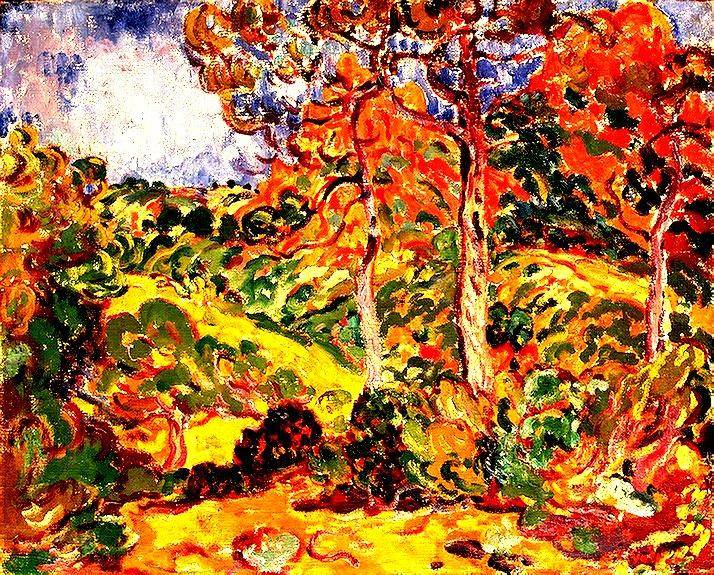
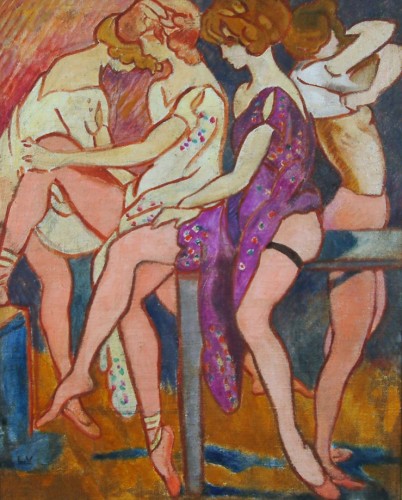
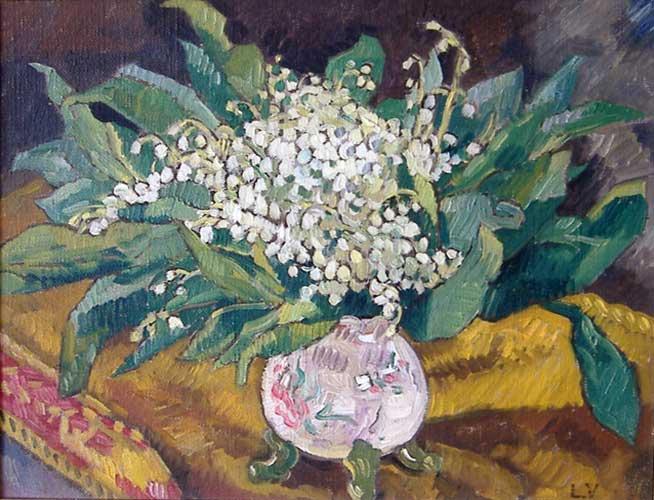
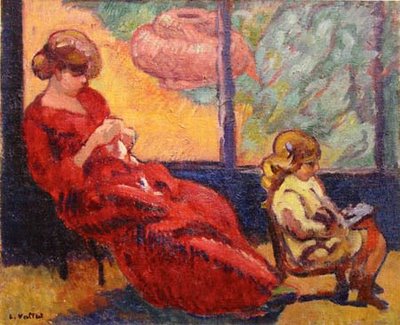
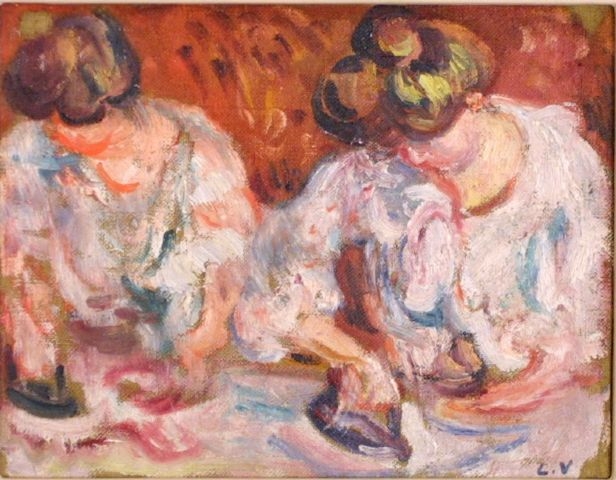
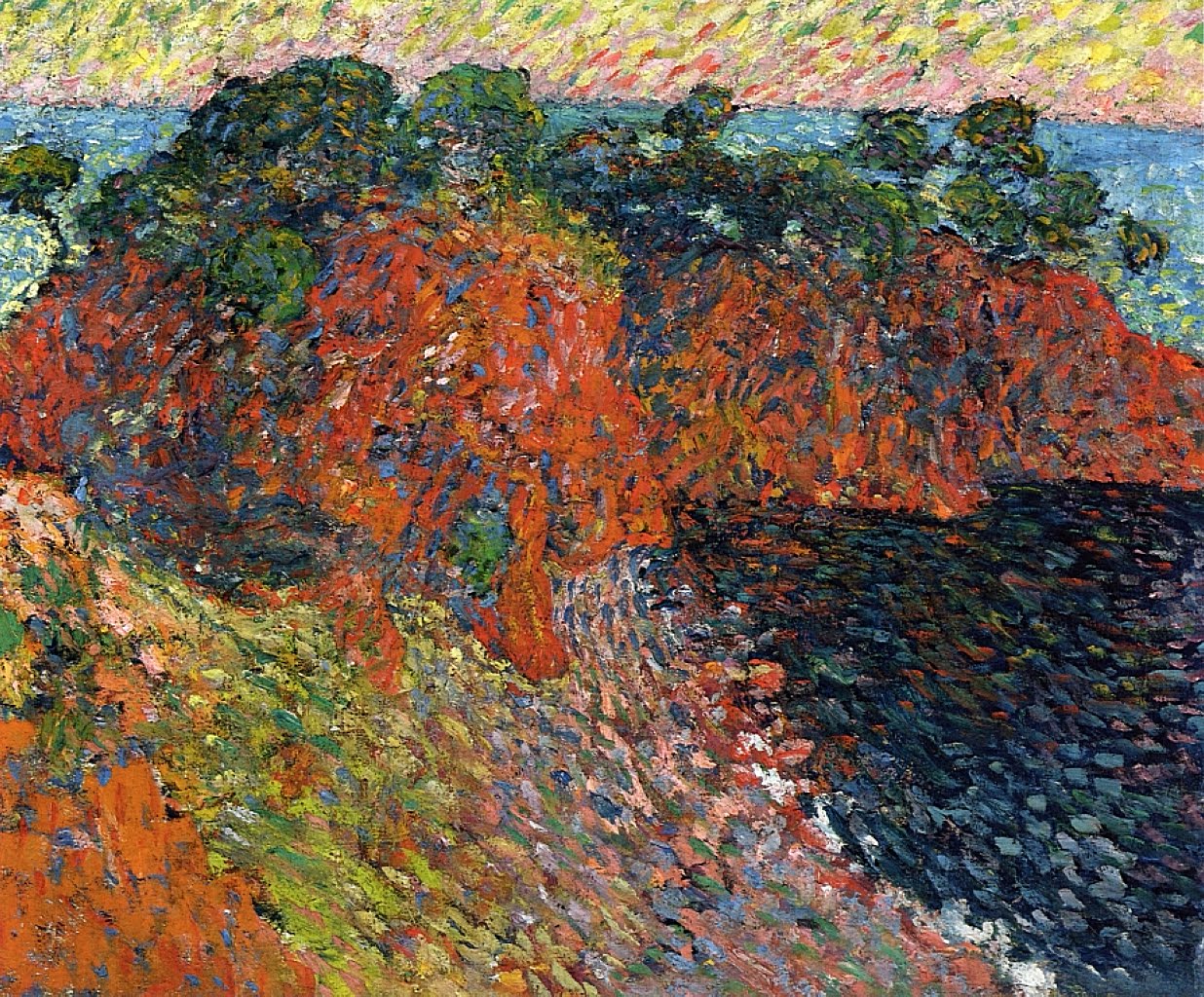
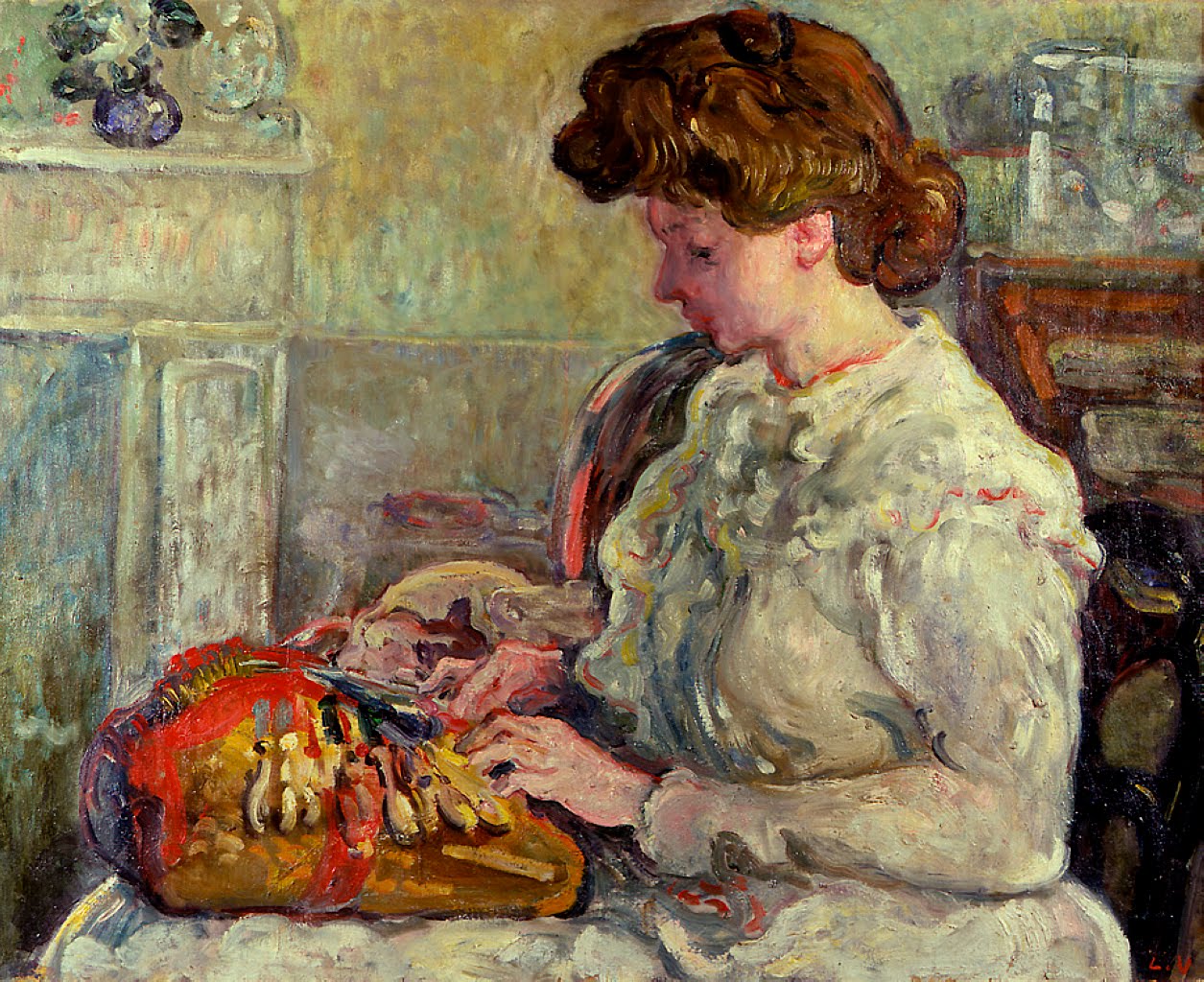
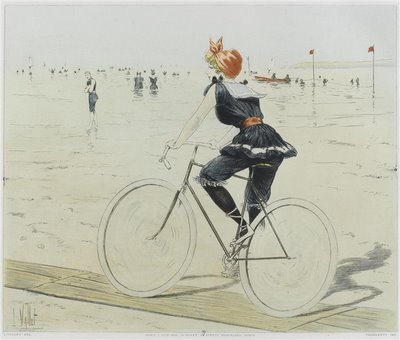
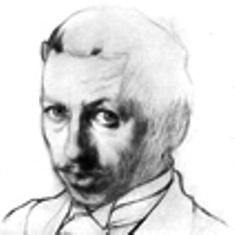
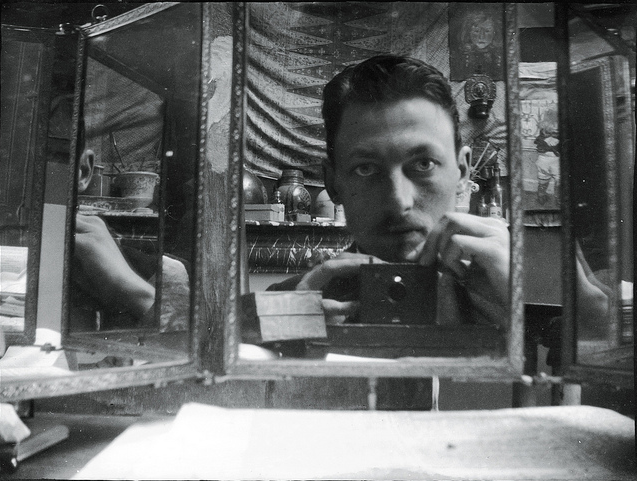
Henri - Jacques - Edouard Evenepoel (3 October 1872, Nice – 27 December 1899, Paris) was a Belgian artist whose most important works are associated with Fauvism.
Evenepoel first studied art in Brussels at the Académie Royale des Beaux - Arts between 1889 and 1890, and entered Paris's Ecole des Beaux - Arts in 1892. Evenepoel entered the atelier of Gustave Moreau in 1893, which put him in contact with Henri Matisse and Georges Rouault.
The artist debuted a portrait of his cousin (Louise in Mourning) at the 1894 Salon des Artistes Français. He showed four portraits at the Salon du Champ - de - Mars in 1895 and continued to exhibit there until his death. His first solo exhibition came at the Brussels Cercle Artistique (December 1897 – January 1898). Family and friends were the artist's preferred subjects; his full length portraits, often against a neutral background, show the influence of Edouard Manet and James Abbott McNeill Whistler. His Parisian scenes were influenced by Henri de Toulouse - Lautrec and Jean - Louis Forain. Though his early scenes had a somber palette, his paintings while in Algeria (where he first wintered during his solo exhibition) were very different in style, anticipating the bold colors of Fauvism (e.g., Orange Market, Blidah).
Evenepoel died of typhus in Paris at the age of 27.